
“It’s better to kill an innocent by mistake then to spare an enemy by mistake.” – Pol Pot
Between 1975 and 1979 nearly a quarter of Cambodia’s population died in the Khmer Rouge genocide. Led by a man nicknamed “Pol Pot”, the Khmer Rouge set out to create an agrarian society virtually overnight. They forced people out of the cities and into the rural areas of Cambodia, forced them into slave labor, and executed thousands of men and women who were believed to be intellectuals, political leaders, religious believers, or minorities. They also arrested and executed family members of their victims, known as “arrest by kinship.” It is estimated that anywhere from 1.7 to 3 million (or 1 in 4) Cambodians died from malnutrition, disease, torture, and mass executions. Religion and arts were forbidden. Wearing glasses or speaking with an accent could get you arrested and murdered.
In Phnom Penh, the Khmer Rouge turned a high school into a center for interrogation, torture, and execution. They renamed it Security Prison 21, or S-21. An estimated 17,000 people were imprisoned there and only 7 survived after the Vietnamese army arrived and ousted the Khmer Rouge as recently as 1979. Within the walls of S-21, prisoners were tortured until they signed ridiculous confessions that they were somehow involved in espionage with the CIA, the KGB, or Vietnam. They were also forced to name others who they “knew” to be involved. Of course almost all the prisoners were innocent and the confessions were merely a result of torture. Imagine if your father was arrested because he was a smart man, a doctor perhaps, and accused of being a spy, then tortured for months until he breaks down and signs a confession of his crimes and also must name other people involved. Then he is murdered. This is exactly what happened to so many innocent people. The torture included electric shock, waterboarding, starvation, hanging by the arms, beating, burning, finger/toe nail removal, rape, and medical experiments such as blood draining (to see how long one could survive without blood), extraction of organs, and being skinned alive. All of these activities were thoroughly documented, much like Nazi documentation of the Holocaust. Photos were taken of victims, carefully labeled and numbered. Artists were recruited to paint images of what went on inside the walls of S-21. Much of this documentation is what you see during a visit to the museum.
An audio tour of the museum lasts nearly two hours and is just as thorough and educational as it is gruesome and depressing. I was shocked about how little I was taught in school about this horrific genocide (nothing) compared to the repetitive instruction we Americans receive about WWII and the Holocaust. This is just my opinion, but my guess is that it has something to do with the fact that:
A. The United States not only failed to do anything to help Cambodians in their time of need, but instead we contributed to the downfall of the people, the country, and the leaders that ruled the country before the Khmer Rouge took over, basically assisting the KR into power.
B. Cambodians are brown people, not white people, so who cares? (American attitude, NOT my personal opinion)
After leaving S-21, I headed over to the Choeung Ek Killing Fields where thousands of people were executed and tossed into mass graves. Because bullets were too expensive, every person that died at the killing fields was either clubbed to death or stabbed. Babies were held by the legs and beaten against a tree trunk. There is a specific mass grave for the women and children. At the height of the genocide, approximately 300 executions per day occurred here.
Now, Choeung Ek is a hauntingly quiet, serene field with a pond, almost resembling a hilly park. There is a Buddhist memorial stupa that contains some 5,000 skulls of the victims, most of which are shattered or smashed in. Apparently even today, when it rains heavily, bones rise to the earth’s surface around the park, like ghosts of the past returning to say, “Don’t forget. Don’t forget me.”

Tuol Sleng Genocide Museum (S-21)

Tuol Sleng Genocide Museum (S-21)

Tuol Sleng Genocide Museum (S-21)

Tuol Sleng Genocide Museum (S-21)
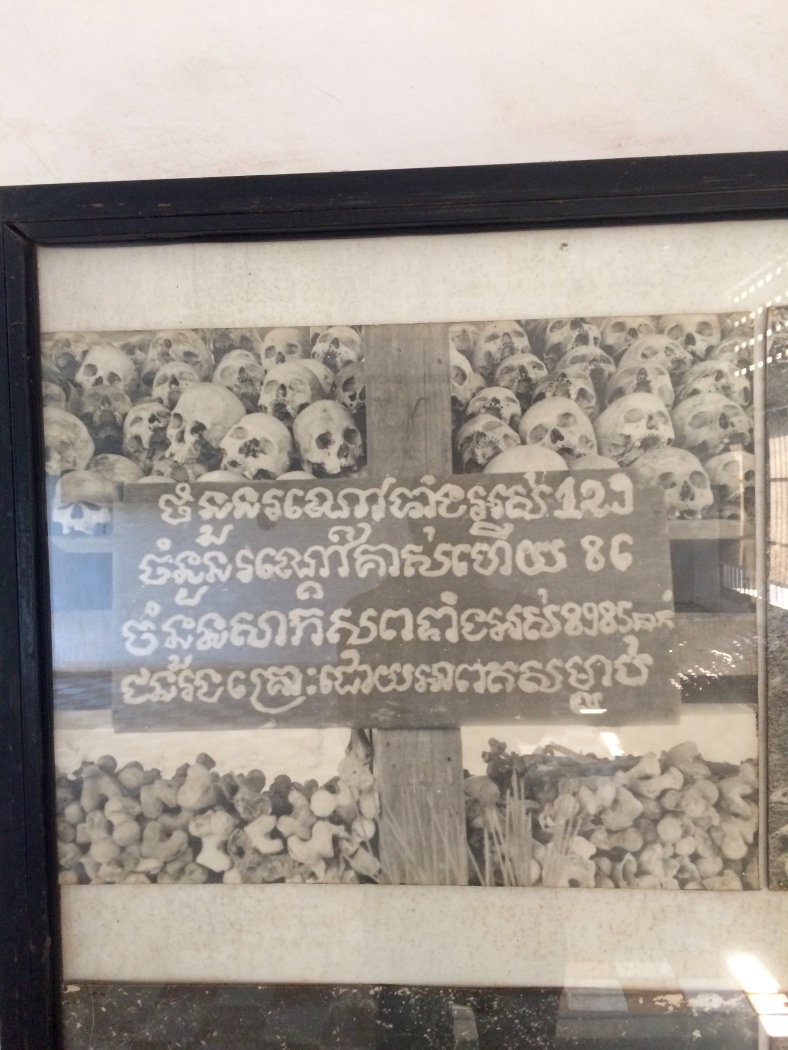
Tuol Sleng Genocide Museum (S-21)

Tuol Sleng Genocide Museum (S-21)
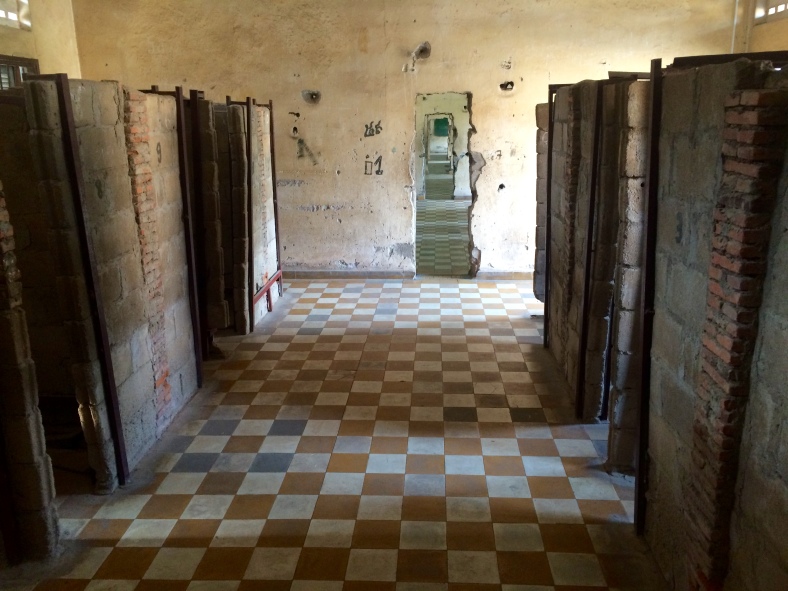
Tuol Sleng Genocide Museum (S-21)

Tuol Sleng Genocide Museum (S-21)

Tuol Sleng Genocide Museum (S-21)

Tuol Sleng Genocide Museum (S-21)
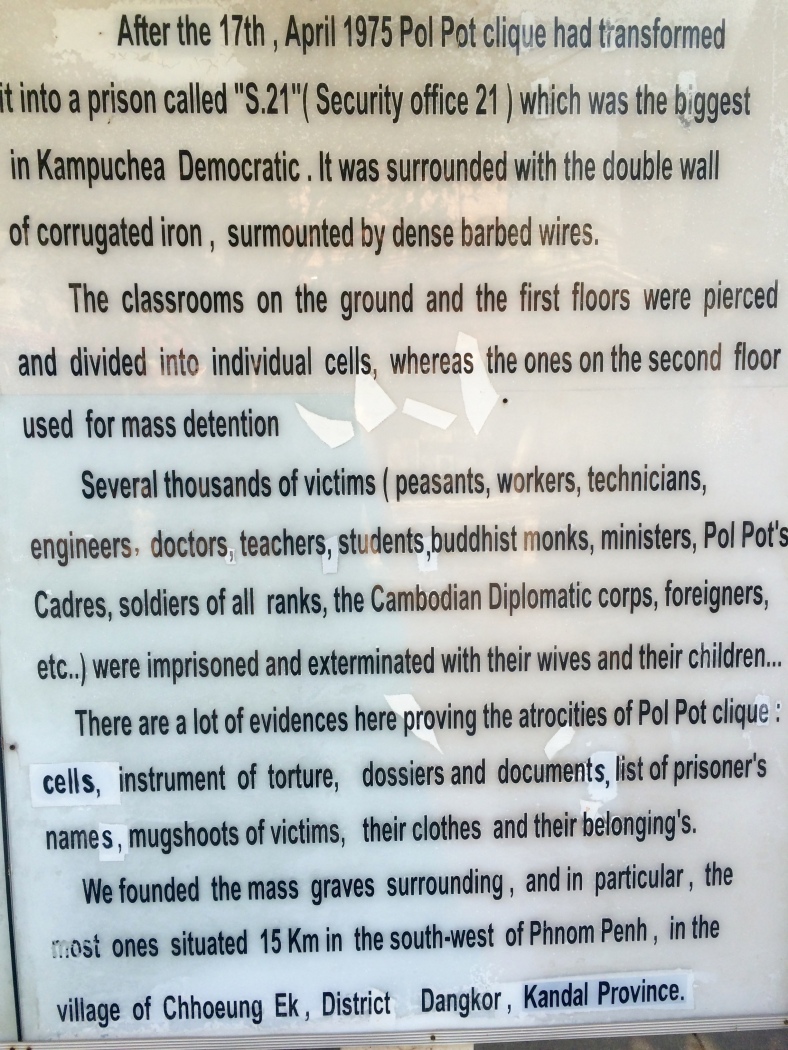
Tuol Sleng Genocide Museum (S-21)

The Killing Fields: Buddhist memorial stupa
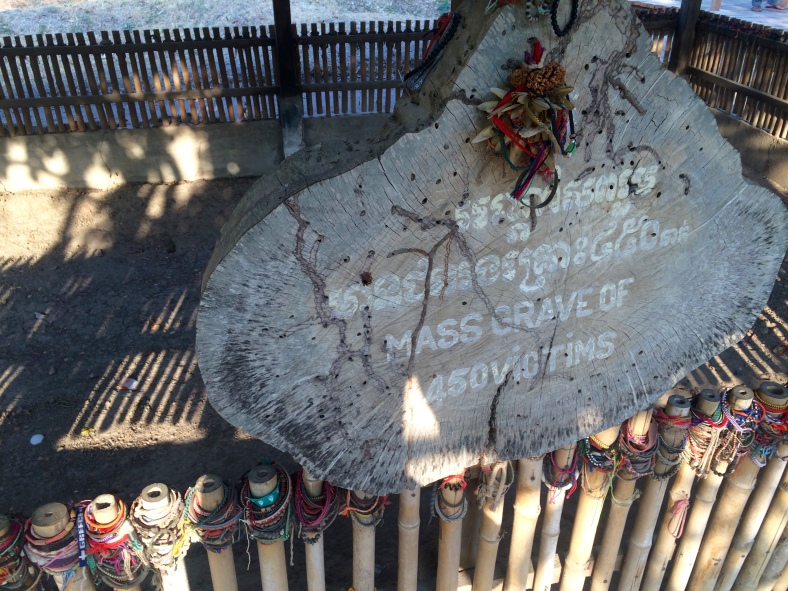
The Killing Fields: A mass grave
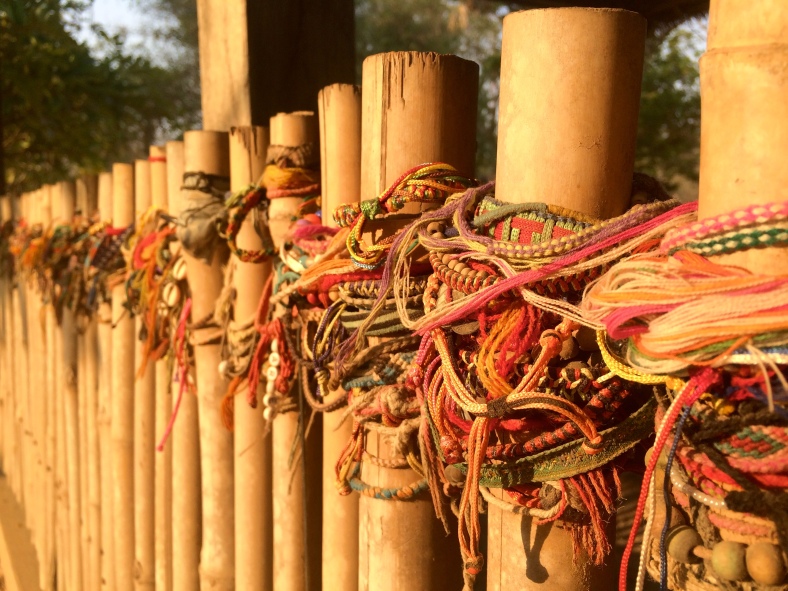
Bracelets left by visitors
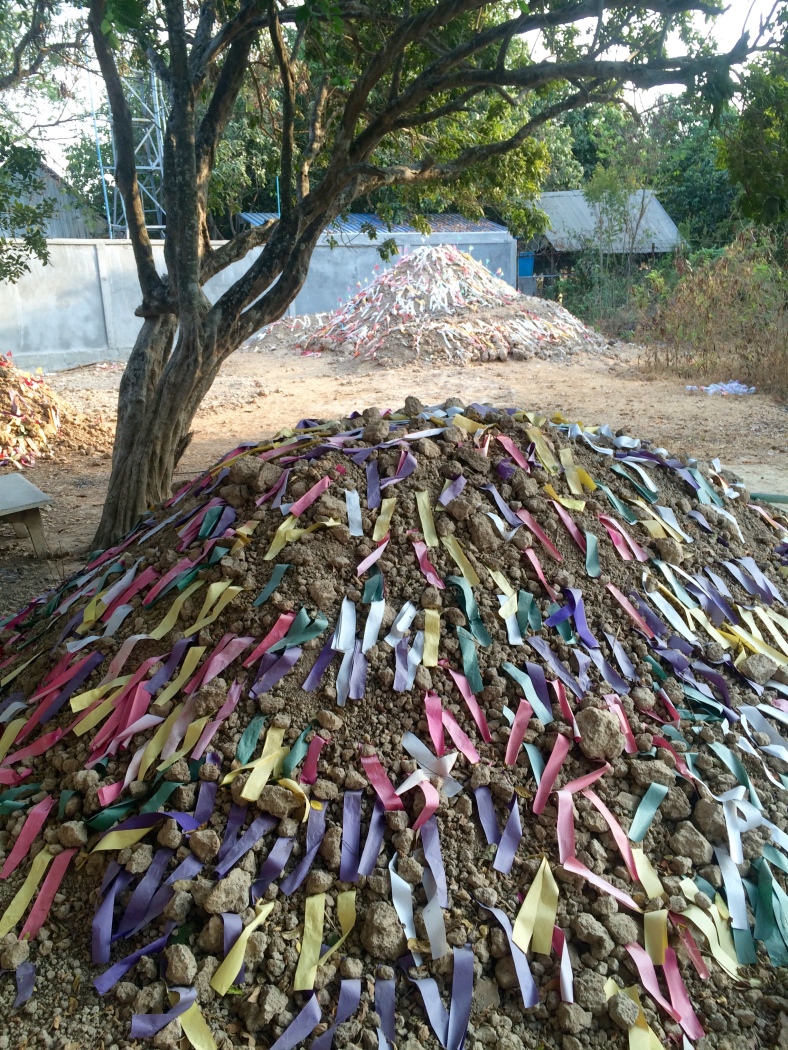
The Killing Fields: Memorial ribbons

The Killing Fields

The Killing Fields

Bracelets left on the Killing Tree
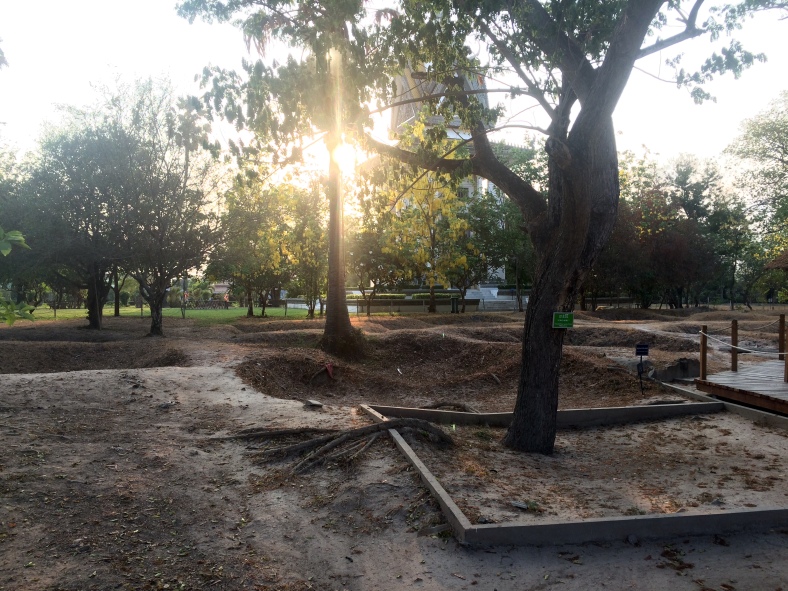
The Killing Fields
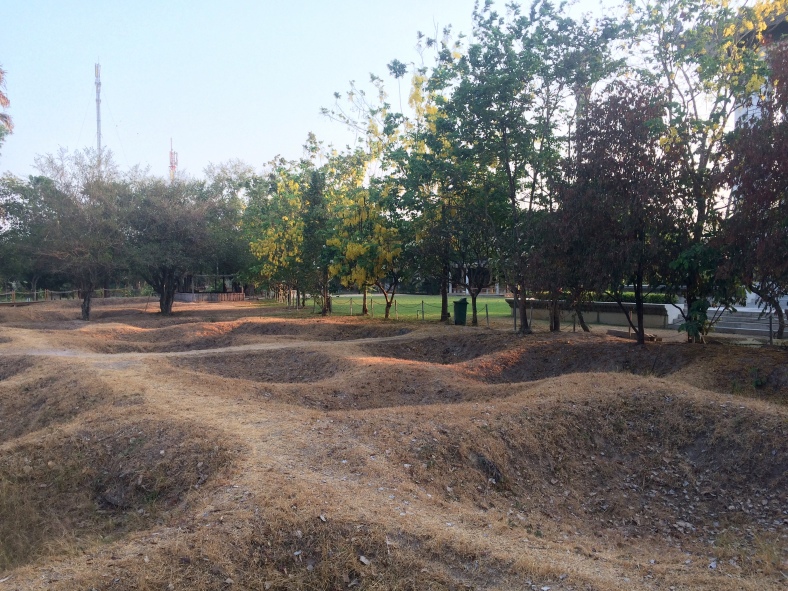
The Killing Fields

The Killing Fields: The memorial stupa
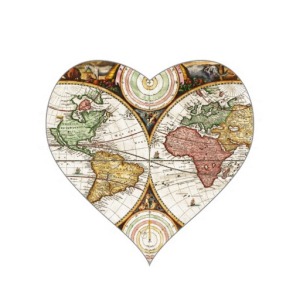
Woah didn’t know about this one. I know there are many events like this that have taken place all over the world and are swept under the rug and out of the western narrative. Crazy to think that around the same time the us was occupying Vietnam in close proximity. Got to keep the dangers of communism stamped down. That’s the narrative people were given, meanwhile mass genocide was occurring just over yonder. Jeez. That probably won’t ever happen again.
LikeLike
Exactly
LikeLike
This is just unbelievable.
I hope to share with you someday about the one Cambodian student I had and her life now in Lincoln .
Fascinating . Your stories .. Your pictures.. Thank you ..thank you for sharing these adventures with us .
LikeLike
There are no words…. Just unbelievable. Thanks for sharing your visit xx
LikeLiked by 1 person